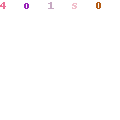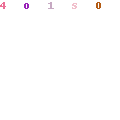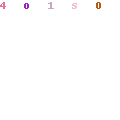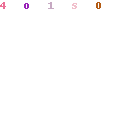Red wine pH should be between 3.4 and 3.6. TA should be around 7 g/L. Malolactic Fermentation (which converts malic acid into lactic and makes red wines smoother and more awesome) has the following effects on acidity (according to this site: http://brsquared.org/wine/Articles/MLF/MLF.htm):
* a pH increase of between 0.1 and 0.45 units (more typically 0.1-0.25)
* a chemical deacidification usually reducing titratable acidity by about 1-4.6 g/l (as tartaric)
So, our wine currently has the following stats:
pH 3.5
TA 8.5 g/L
After ML, it could potentially have the following stats:
pH 3.6 – 3.75
TA 3.9 – 7.5
I’m not ok with the risk of the pH being over 3.6, which makes me think I should adjust pH to 3.4. However, I’m also not ok with a TA over 7, which makes me think I shouldn’t adjust.
After some more reading, it sounds like what we’ve got is a higher concentration of Malic (a weaker acid) than of Tartaric (a stronger acid). This explains why the pH (which measures the effect or strength of the acid in the wine) is high (less acid strength) and the TA is high (more acid).
So, if I adjust with Tartaric acid, I think it will decrease the pH and increase the TA, but the Malolactic fermentation will have a larger effect because we have a relatively high concentration of Malic.
If you’re a chemist, please let me know if I’m on the right track here!
If you’re not familiar with TA and pH, here’s some reading.




